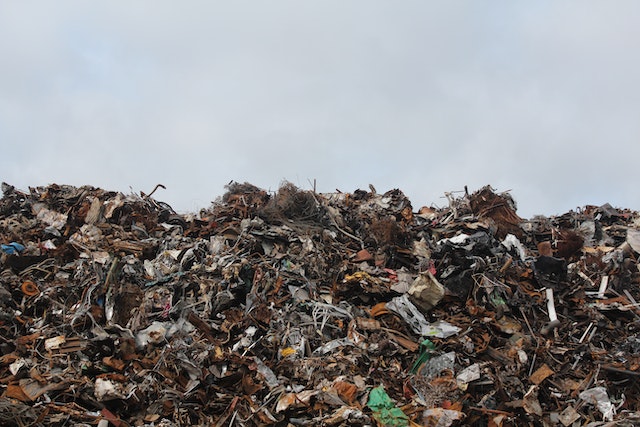
Introduction
Navigating E-Waste Management – In our ever-evolving digital world, the pace of technological advancement is breathtaking. Our lives are now intertwined with an array of electronic devices that make communication, work, and leisure more convenient and efficient. But as our reliance on these gadgets increases, so does a pressing concern: electronic waste, or e-waste. The management of e-waste has become a paramount issue that demands our immediate attention.
Navigating E-Waste Management – Understanding E-Waste:
E-waste refers to discarded electronic devices that have reached the end of their useful life. This includes smartphones, laptops, tablets, televisions, refrigerators, and more. The proliferation of consumer electronics, coupled with shorter product lifecycles and rapid technological advancements, has led to a surge in e-waste generation. As a result, proper e-waste management has become a global challenge that requires sustainable solutions.
Navigating E-Waste Management – Toll on The Environment:
The improper disposal of e-waste can have devastating effects on the environment. Many electronic devices contain hazardous materials like lead, mercury, cadmium, and flame retardants. When these materials leach into soil and water, they can contaminate ecosystems, harm wildlife, and even pose risks to human health through the food chain. Additionally, e-waste contributes significantly to air and water pollution due to the burning and dismantling processes used in informal recycling operations.
Navigating E-Waste Management – Government/Individual Responsibility:
Addressing the e-waste crisis requires collaborative efforts at both the macro and micro levels. Governments and regulatory bodies need to enact and enforce policies that promote responsible e-waste management, including regulations for proper disposal, recycling standards, and incentives for sustainable design.
On an individual level, consumers play a significant role in shaping the e-waste landscape. By choosing to repair, resell, or recycle their old devices, they contribute to reducing the overall impact of e-waste. Educating oneself about e-waste and making conscious purchasing decisions can also lead to a more sustainable approach to electronics consumption.
Conclusion:
E-waste management stands at the crossroads of environmental sustainability and technological innovation. As we continue to develop new technologies, we must also look for ways to properly manage the waste that comes from obsolete and old technology. That is the only way we will be able to work towards a more sustainable and green digital future.
To Learn More – Information Courtesy
